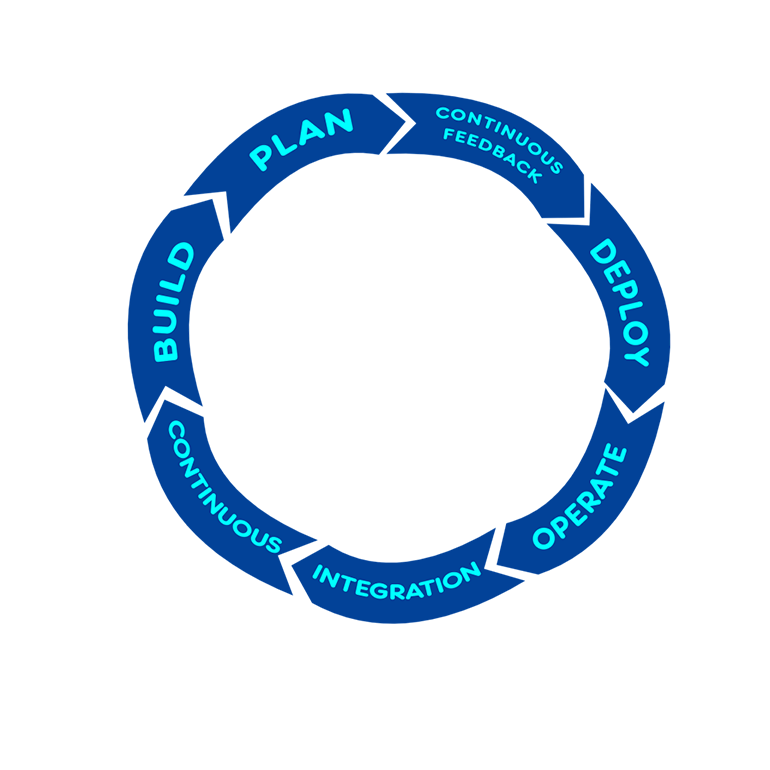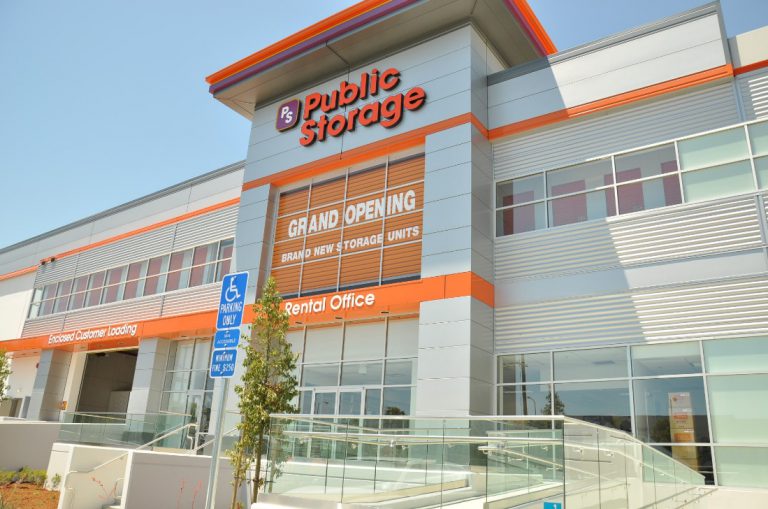How to Apply Engineering-Based Agile Software Development to Real Estate
Agile software development is used popularly now. It’s more effective than the traditionally slow and linear Waterfall development. What you can learn from agile software development and apply to the real estate development process. It’s maybe a real estate investment, it maybe a house construction. With several uncontrollable project variables, it’s impossible to accomplish the real estate project on time and within budget. Agile helps you decrease the risks and interdependent variables better.

What Is Agile Software Development?
Agile Software Development in Layman’s Term is “a software project management method where the project is divided into small tasks and different divisions and phases. These tasks go through constant reassessments and adaptations according to requirements.”
Is it easy to understand? Let’s move on the next critical definition.
What is Scrum?
The important definition you have to know is Scrum. Scrum is a subset of Agile, framework of Agile development. Scrum is used to manage complex software development by specific practices. Adaptive but maintain productivity and creativity is some feature of the scrum process.
Benefits of Agile Software Development
There are a lot of benefits that agile software development such as:
- The ability to accelerate growth: improve overall efficiency, boost sales productivity.
- Foster developer autonomy
- Adaptability and flexibility: respond to changing customer needs faster
- Reduce risk: identify and overcome problem frequently with daily scrum, so reduce risk.
- Quick turnaround
- Improved stakeholder/ partner satisfaction: involve stakeholder into the project, you can receive their feedback and develop software as they want.
- Rapid and reliable software release cycles: decrease delivery time and incremental delivery. New high-quality functionality is released frequently.
The 12 Agile Principles behind the Agile Manifesto
These principles guide you to create and respond to change and uncertainty.
- Our highest priority is to satisfy the customer through early and continuous delivery of valuable software.
- Welcome changing requirements, even late in development. Agile processes harness change for the customer’s competitive advantage.
- Deliver working software frequently, from a couple of weeks to a couple of months, with a preference to the shorter timescale.
- Business people and developers must work together daily throughout the project.
- Build projects around motivated individuals. Give them the environment and support they need and trust them to get the job done.
- The most efficient and effective method of conveying information to and within a development team is a face-to-face conversation.
- Working software is the primary measure of progress.
- Agile processes promote sustainable development. The sponsors, developers, and users should be able to maintain a constant pace indefinitely.
- Continuous attention to technical excellence and good design enhances agility.
- Simplicity — the art of maximizing the amount of work not done — is essential.
- The best architectures, requirements, and designs emerge from self-organizing teams.
- At regular intervals, the team reflects on how to become more effective, then tunes and adjusts its behavior accordingly.”
With 12 agile principles, you can use them to several software projects. Agile is a methodology and a mindset as well. It is applied to a lot of business fields, not just in IT projects. Real estate is an excellent example in this case. You can find out as below.
In Agile Development Method, How Does Real Estate Work?
“Daily Scrum”
“Daily Scrum is a 15-minute time-boxed event for the Development Team to synchronize activities and create a plan for the next 24 hours.”, according to Scrum Guide.
So, in real estate, daily scrum is as known as 15-minute stand-up meeting is held to review deals in flight, define the backlogs of future work, allocate them, determine who is doing what… with “Deal board” based on Kanban board. It is used for tracking ongoing work.
Why stand up?
Because when people stand up, everyone hopes the meeting keep short, so they solve the problem quickly.
Retrospectives
Every field needs to be reviewed the past results. Real estate is no exception. After that, wondering what should be improved for the future and what could be improved.
End-Users and Homebuyer Involvement in the Project
Involve end-users and homebuyers into the plan to have feedbacks and enhance customer satisfaction. You can present a demo for a homebuyer with augmented-reality (AR) glasses and apps.

Change
Make sure you have implemented the right feedback loops with buyers, renters or stakeholders. Using valuable ideas from them for improvements.
The buyers’ requirements change, the realtor changes their suggestion. Regularly, the buyers are careful because property development is a long-time process. The change helps thing better. Similarly, the level of change of real estate and their surrounding environment will be the determining criterions in the assessment of their value within the next ten years.
Cross-functional Team
Support the buyers with broker team. Broker team can include junior and senior brokers, administrators, marketing staffs. So, the team has all the skill set that makes the project more seamless.
Conclusion
We highly recommend using agile software development, as you can complete your project better in less time. As you can see, agile management approach helps you aren’t a headache with the countless change and uncertainty. With the engineering-based management project, you can keep everything simple and easy to solve whenever the problem appears.
You Might Also Like:
The Privileges of Applying Agile Software Development in Logistics









